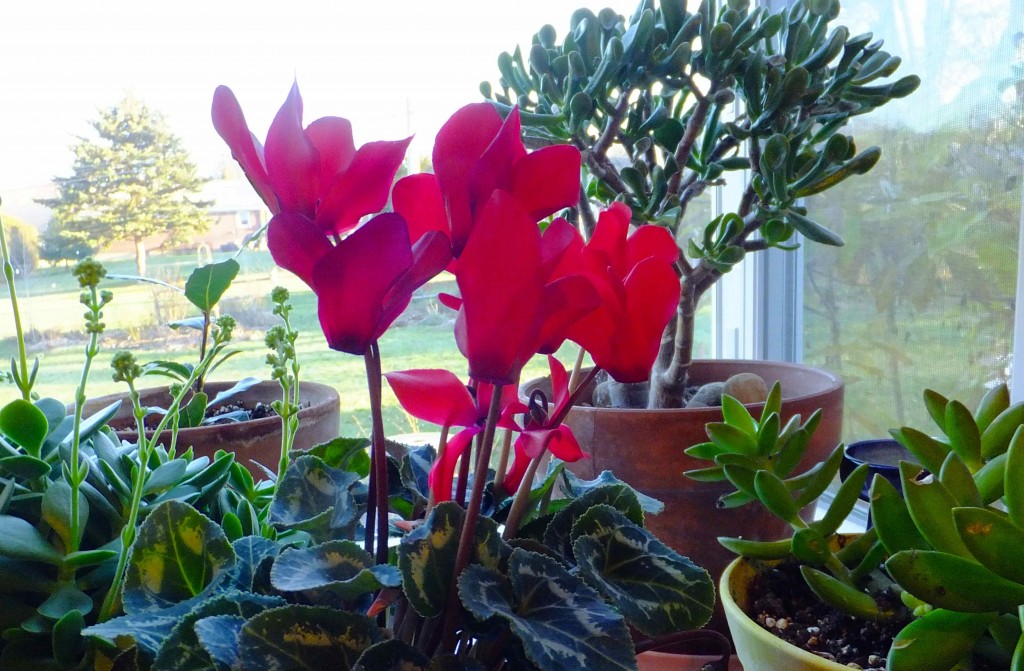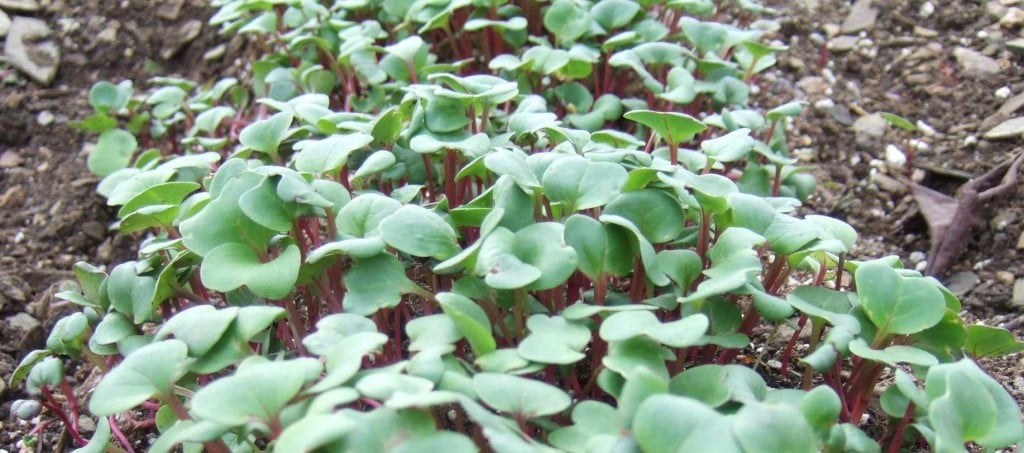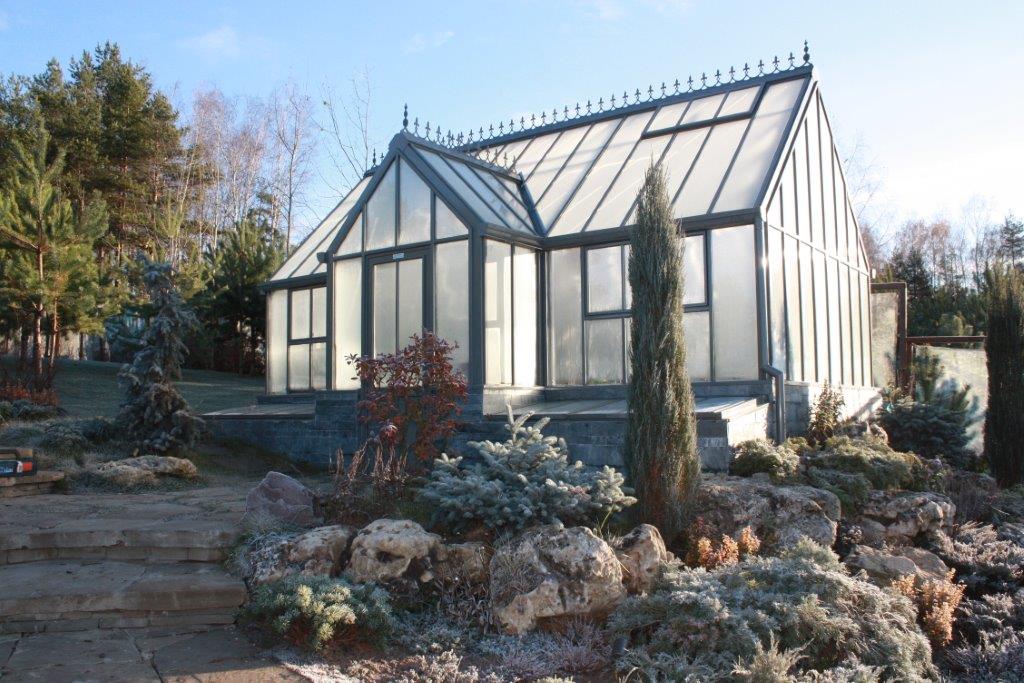
and even cooler night temps.
We are lucky enough to have the wonderful Pam Ruch – a greenhouse grower in Pennsylvania, adding a little bit of her knowledge to the blog this month.
Take it away Pam:
If you’ve ever spent time breathing in the musky, earthy air of a winter greenhouse then you know for a fact that this is a mood-lifting experience.
How could it be otherwise?
Tatsoi and spicy radish greens are salad-ready even while snow covers the ground outside, and promising young vegetable seedlings measure the lengthening days in oh-so-slow fractions of growth-inches.
Coleus cuttings bide their time until their internal clocks tell them to grow, while plants on other cadences, cyclamen for example, bloom brightly even in the short days of winter.
The scent of jasmine is in the air. Time slows.
Studies have shown, repeatedly, the healing value of caring for plants.
Residents in nursing homes who take part in gardening activities show increased attention spans; heart patients with plants in their rooms have measurably reduced stress and heart rates and patients with other ailments report less pain; and so on and so on.
Add the power of a sunny day to the positive effects of tending to living things and the truth is plain to see: being in a greenhouse makes us happy.

Researchers who have delved into the question of why sunlight is the mood-lifter that it undeniably is have come to several conclusions.
For one, UV light absorbed through the skin produces Vitamin D, which plays multiple roles. The most germane of these is that it promotes the production of serotonin, which has been linked to upbeat moods.
In fact, exposure to bright morning light has proven an effective treatment for seasonal affective disorder (SAD), and, more surprisingly, insomnia.
It turns out that morning sun exposure causes the production of melatonin, sometimes referred to as the sleep hormone, to happen a little sooner.
UV radiation also increases the blood levels of endorphins, natural opiates produced by the human body.
Back in 1879, the Quakers’ Friends Hospital in Pennsylvania built a greenhouse to enhance their program of horticultural therapy for mentally ill patients.
This age-old model is resurfacing in modern times in healing centers throughout the country.
In Michigan, Henry Ford West Bloomfield Hospital now operates a 1,500-square foot organic greenhouse and an accompanying education center, and West Central Georgia Regional Hospital offers a greenhouse gardening program to its psychiatric patients.

In eastern Pennsylvania, St Luke’s Anderson Campus sports an organic farm complete with a 1,100-square foot greenhouse, with the organic produce used in the hospital’s cafeterias.
The intensity of sunlight in a greenhouse or sun room, with all its accompanying benefits, is multiple times that of a typical indoor space.
Feel the warmth.
And the earthy scent … intoxicating!
Inhale optimism.
Exhale tension.










